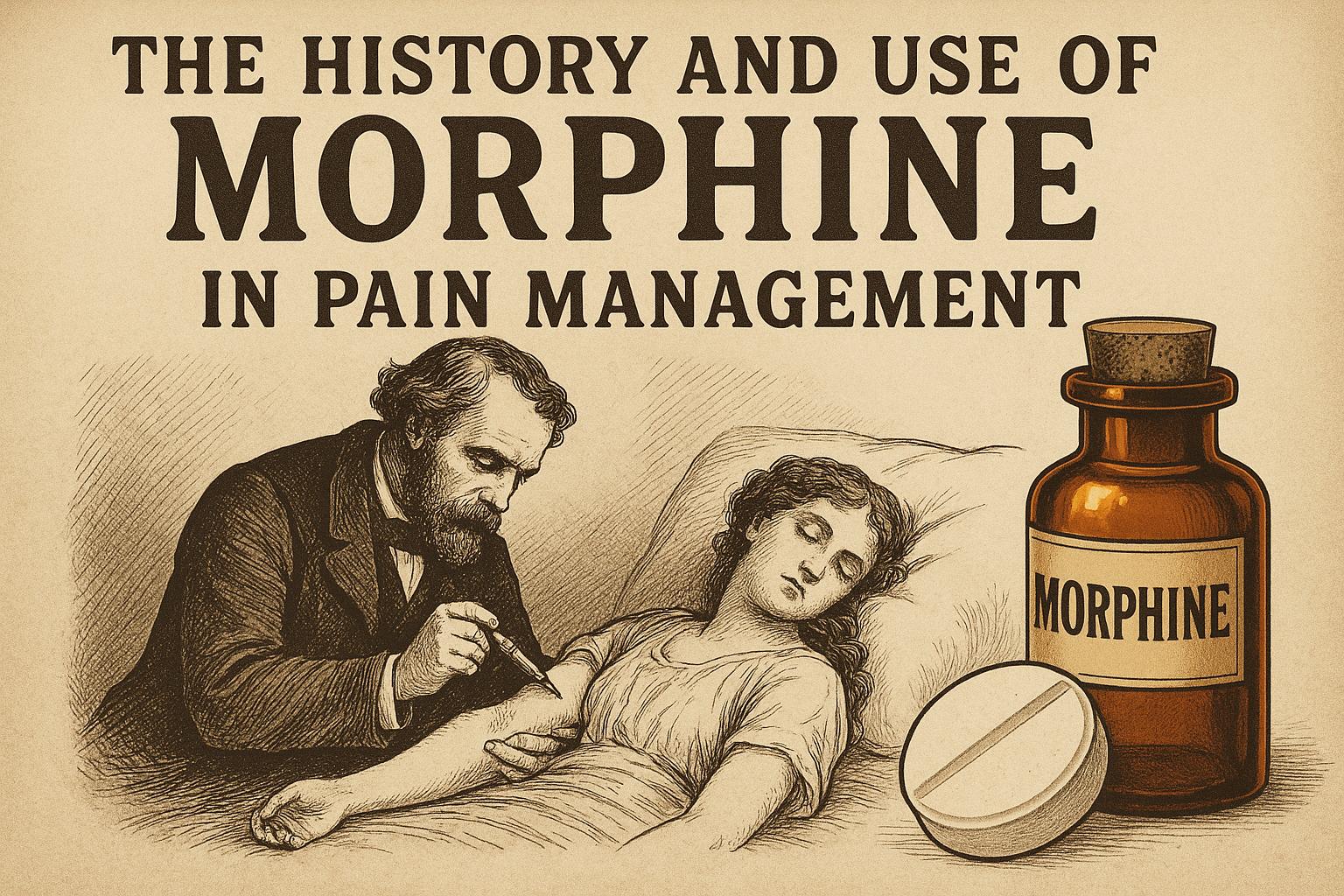
The risks and benefits of hormone replacement therapy.
Understanding Hormone Replacement Therapy (HRT)
Hormone Replacement Therapy (HRT) involves the administration of hormones, typically estrogen and progesterone, to women experiencing symptoms associated with menopause. These symptoms can include hot flashes, night sweats, mood swings, and vaginal dryness. Although HRT has been used for decades, it is important to weigh its potential benefits against the associated risks.
Benefits of Hormone Replacement Therapy
HRT is primarily known for its effectiveness in alleviating the wide range of symptoms associated with menopause. For many women, the onset of menopause can mark a challenging period characterized by uncomfortable and sometimes debilitating symptoms. HRT provides relief from hot flashes and night sweats, which can significantly improve the quality of life for those affected. These symptoms often disrupt daily activities and sleep, leading to fatigue and stress, thereby impacting overall well-being. The use of HRT can help to stabilize these experiences, offering a reli…
Additionally, hormone therapy is recognized for its role in preventing bone loss associated with osteoporosis. Osteoporosis is a condition characterized by weak and brittle bones, which makes sufferers more susceptible to fractures. Estrogen plays a crucial role in maintaining bone density, and its decline during menopause is a leading factor in bone health deterioration. By supplementing estrogen through HRT, women may experience a reduced risk of fractures, which is particularly beneficial for postmenopausal women w…
Improvement in Quality of Life
The impact of HRT on daily life extends beyond the physical alleviation of symptoms. For many women, the emotional toll of menopausal changes can be profound. HRT can offer a new sense of normalcy, enhancing mood stability, increasing energy levels, and even improving sexual function. Better sleep and reduced symptoms contribute to an overall improved state of health, which can influence work, social interactions, and self-perception positively. These improvements reflect the far-reaching effects HRT can have on a wom…
Cardiovascular and Cognitive Benefits
Another area of interest regarding HRT is its potential impact on cardiovascular health and cognitive function. Some studies have suggested that when HRT is initiated early in the menopausal transition, it may help maintain cardiovascular health. The role of estrogen in supporting blood vessel function and lipid profiles indicates a possible benefit in reducing the risk of heart disease. Additionally, estrogen is thought to have a protective effect on the brain, potentially maintaining cognitive function and reducing the ri…
However, it is crucial to note that these potential benefits are still under significant scientific investigation, and a consensus in the medical community has not yet been reached. More research is needed to establish concrete guidelines regarding HRT for cardiovascular and cognitive benefits. Women interested in pursuing HRT for these reasons should engage in detailed discussions with their healthcare providers to evaluate personal risks and benefits.
Risks Associated with Hormone Replacement Therapy
Despite the significant benefits, HRT is not without risks. A key concern related to estrogen-progestin therapy is an increased risk of breast cancer. The relationship between HRT and breast cancer is complex, with studies suggesting that the risk increases with the duration of therapy, especially beyond five years of use. Once therapy is discontinued, the elevated risk of breast cancer diminishes over time but remains a critical consideration for those contemplating HRT.
Furthermore, there is concern over the potential for an elevated risk of blood clots and stroke. This risk is particularly relevant for older women or those with predispositions such as smoking, obesity, or a history of cardiovascular issues. The mode of HRT administration can influence these risks; for example, oral HRT is more strongly associated with this risk compared to transdermal formulations, which may offer a safer profile due to their different metabolic pathways.
Understanding Breast Cancer Risk
The scrutiny over the link between HRT and breast cancer has been a significant focus in discussions about hormone therapy. The risk is particularly associated with combined estrogen-progestin therapy rather than estrogen alone. This heightened risk is primarily due to the role these hormones play in cell proliferation in breast tissue, which can be a precursor to cancer development. Awareness and understanding of this risk are vital, and women should engage in regular conversations with their healthcare team to assess rel…
Venous Thromboembolism and Stroke
Another substantial risk component involves venous thromboembolism (VTE) and stroke. HRT has been known to potentially exacerbate the risk of these cardiovascular conditions, an issue mainly tied to oral hormone therapies. Women considering HRT, especially those with a family history or pre-existing risk factors related to cardiovascular health, should undergo careful screening and evaluation before commencing therapy. Such a personalized approach ensures the benefits of HRT are not overshadowed by avoidable health compl…
Conclusion and Consultation
Ultimately, the decision to use hormone replacement therapy is a deeply personal one, influenced by individual health needs, lifestyle preferences, and risk factors. It is imperative that women considering HRT engage in comprehensive discussions with their healthcare providers. By exploring both the potential benefits and associated risks of HRT, women can make informed decisions that best align with their personal health goals.
Resources such as the NHS and the Mayo Clinic can offer further guidance and updated recommendations for women considering hormone replacement therapy. With proper evaluation and personalized care strategies, the advantages of hormone replacement therapy can be maximized while minimizing the potential risks, ensuring women can navigate menopause with confidence and improved quality of life.









